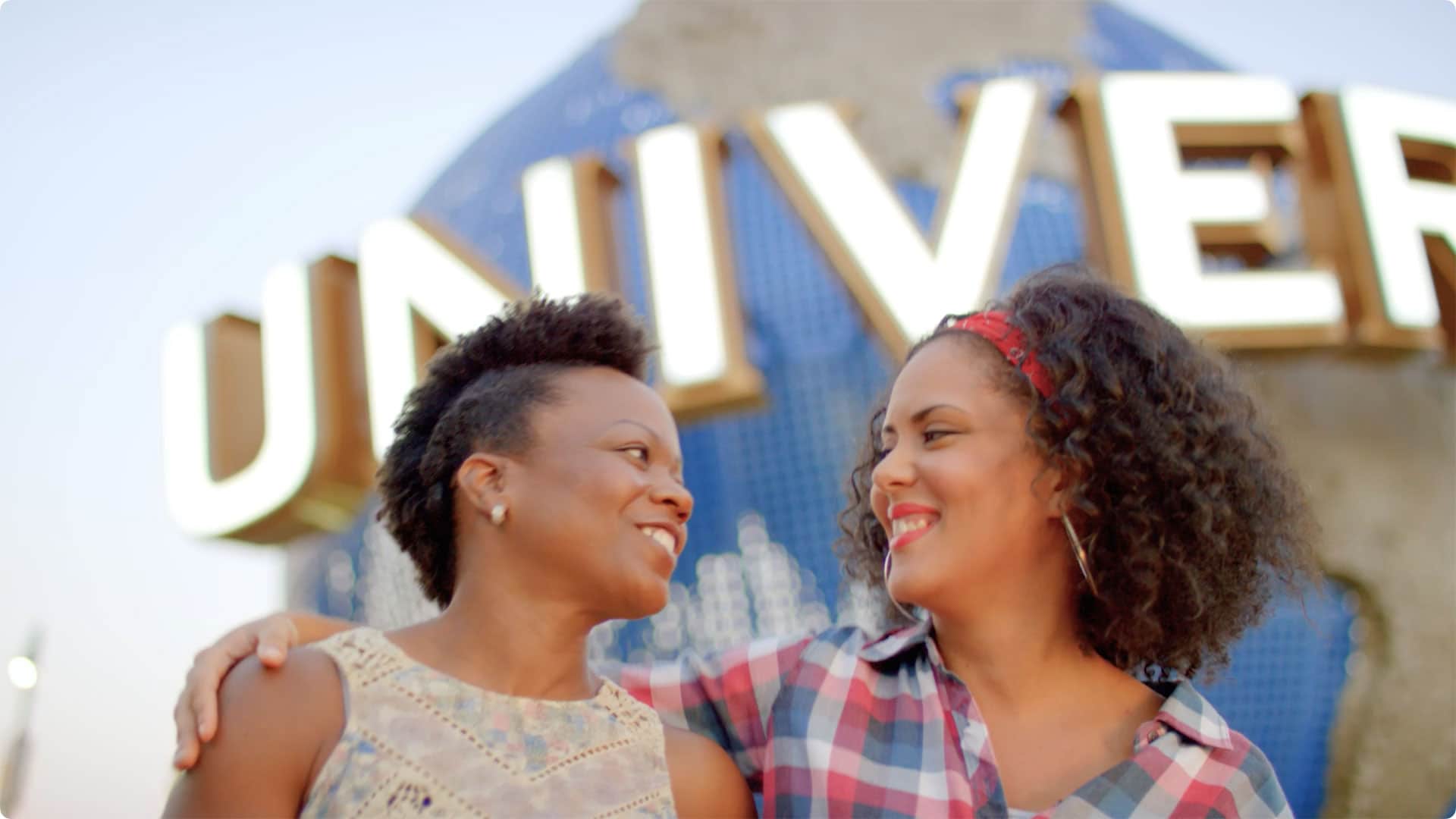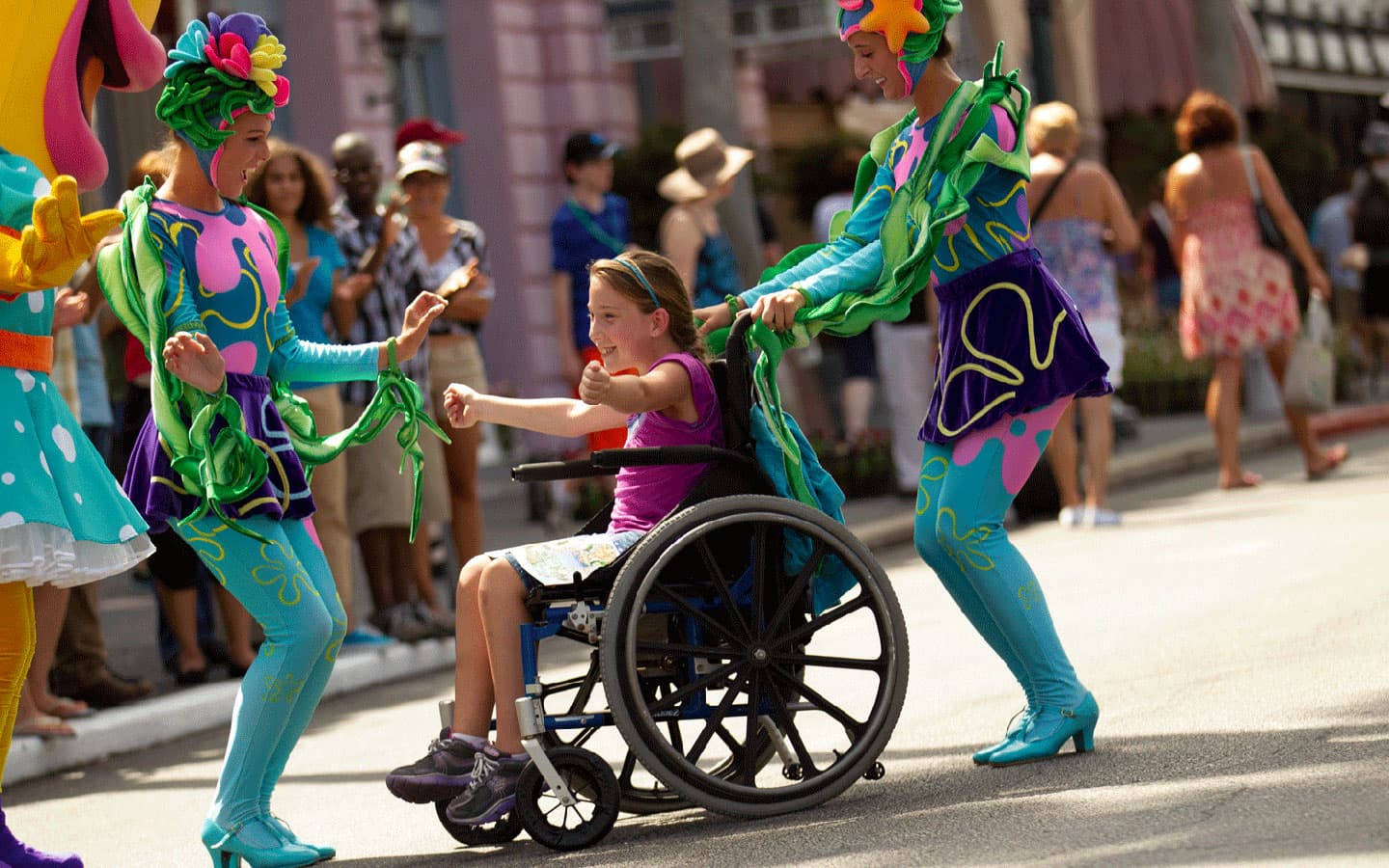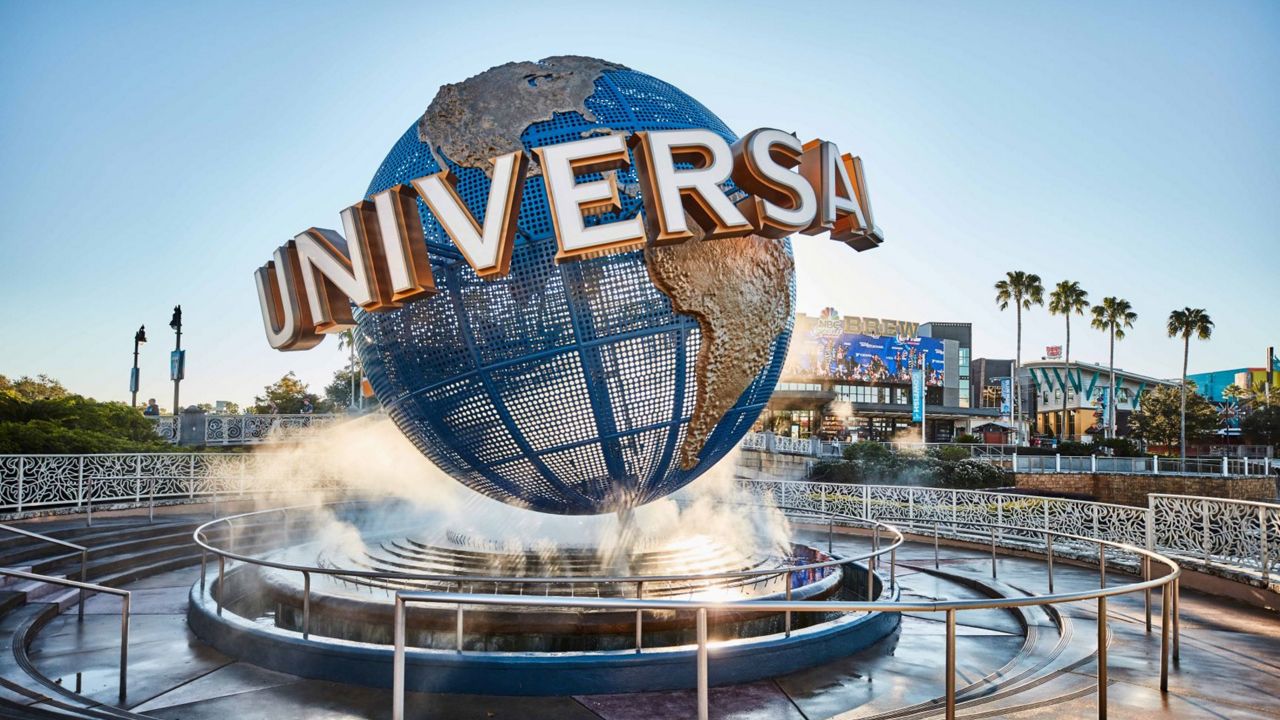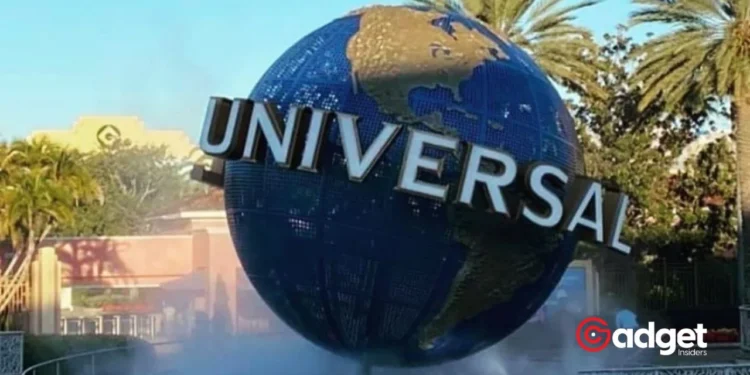A recent TikTok video by Yesi Hdez, known online as @yesivhdez, capturing her experience at Universal Studios Japan, has turned heads and ignited conversations online. Yesi’s revelation that she was unable to board a rollercoaster due to size constraints has not only garnered over 2.6 million views but also sparked a broader discussion about the inclusivity of amusement park rides.

Japan: An Apology with a Silver Lining
The incident unfolded when Yesi was kindly informed by a ride attendant that she didn’t fit on the ride due to its design, which typically accommodates smaller body frames—a reflection of the general population in Japan.
Despite the disappointment, the attendant’s considerate approach to handling the situation, including providing Yesi with fast pass vouchers for other attractions, highlighted a noteworthy aspect of customer service.
Yesi shared in her TikTok video, “POV: Leaving Universal Studios humbled me to my core because I didn’t fit on a ride and the ride attendant said he was so sorry, but Japanese people are built smaller.” This candid share added a personal touch to her viral story, resonating deeply with viewers worldwide.
Woman told she's 'too big for rollercoaster' in Japan sparks debate https://t.co/zJM8PABUyc
— indy100 (@indy100) April 13, 2024
A Conversation Starter on Body Diversity and Ride Safety
It became a hub for conversations on body diversity and inclusivity in public areas, and the comments section of Yesi’s film became a hub for those conversations. One viewer said, “I had to open your profile to see you for the first time, and I’m shaking!” Other viewers shared their own experiences and expressed solidarity with the cause.
Because that is just insane, I am sorry that this occurred to you. Another person talked about a similar sad experience they had at Tokyo Disney, which brought to light a problem prevalent among taller or larger guests in theme parks all around Japan.

Navigating Cultural and Design Differences
The incident at Universal Studios Japan sheds light on the cultural and structural differences in entertainment venues globally. Rides are often designed with a local demographic in mind, which can inadvertently exclude international visitors of different body types.
This opens up a conversation about the need for more universally inclusive design standards in entertainment venues that cater to a global audience.
Yesi’s experience, while unfortunate, catalyzes change and awareness. Her situation underscores the importance of designing public entertainment facilities that can accommodate a diverse range of body sizes, ensuring a welcoming and inclusive experience for all guests, irrespective of their physical dimensions.

The Road Ahead: Inclusivity in Entertainment
As the world becomes more interconnected, the call for inclusivity and adaptability in public spaces, including theme parks, is louder than ever. This viral story not only highlights the challenges faced by those who do not fit the ‘standard’ size but also calls for an industry-wide shift towards more accommodating and diverse design practices.
Universal Studios and similar entertainment giants have an opportunity to lead by example, reevaluating ride designs and operational practices to enhance accessibility and ensure that every visitor, regardless of size or shape, can create joyful memories without barriers.
In a world that values diversity, the story of Yesi Hdez serves as a poignant reminder of the ongoing journey towards inclusivity in every sphere, including the realm of thrill and excitement at amusement parks. As we move forward, let this be a moment of learning and growth for designers, operators, and patrons alike.










